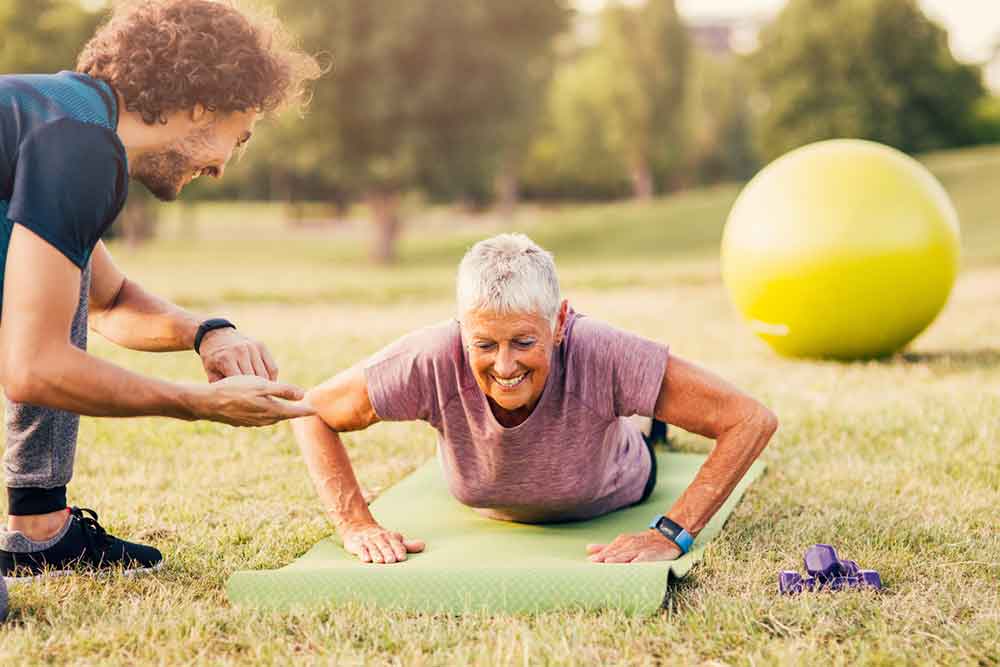The Brain Effect – Intervals Vs Endurance (Part 5)

Evan Stevens
At Forever Fit Science we’ve received a lot of feedback regarding exercise and brain health. Is there a difference between HIIT (shorter, highly strenuous bursts of activity separated by periods of low intensity or rest) and CEE (continuous bout of exercise without a break interval and can be performed at low, moderate, or high intensities)?
What’s better? I am not the best person to answer these questions as I have no background in neuroscience. We are hard at work developing some content relating to exercise and brain health (we have a major conference coming up shortly as well as some developing articles keeping us up to date), but I would like to touch on some points of interest if I may.
Related Article: Training Your Body & Brain
Pain Or Pleasure?
HIIT increases the strength of endorphins as well as increases opioid peptide production. This means that we “feel” more the harder we go. A study out of the University of Turku in Finland has found that the harder we work, the more in tune we are to our negative emotional state and feelings of pain. The good vides of a “runner’s high” are seen in lower intensities and make low to moderate exercise more enjoyable than HIIT and could promote more habitual exercise regimes. Higher intensities increased the pain response and could be important to managing the emotionally and physically demanding challenge. However it may also cause more people to steer clear of exercise if they equate it with pain rather than pleasure.
Cognitive Decline
The flip side is that HIIT may slow age-related cognitive declines. As we age we tend to suffer some cognitive impairments – our memories cloud, balance falls apart, we are slower at processing things, our attention to detail is decreased, and sometimes our language fails us. This is an unfortunate truth to the aging process.
Strenuous exercise may inhibit a lot of this by increasing production of Fibronectin type III domain-containing protein 5, which is then broken down into a protein called irisin. Irisin increases the production of another protein called brain-derived neurotropic factor (BDNF). BDNF stimulates the production and growth of new neurons and nerve cells; it helps build the brain back up – new architecture to work with. Instead of degrading, this system helps the brain turn over and protects it from further damage.
In specific regions of the brain exercise can not only stop age-related wasting, but increase structure size. For example, the hippocampus, which is important in consolidating short-term memories into long-term ones in one specific region of the brain where research has shown that exercise can increase structure size. In Alzheimer’s and dementia it is one of the first regions of the brain to suffer damage, which is why short term memory is one of the first things people who suffer from either of their neurodegenerative diseases struggle with. High intensity exercise, more so than CEE, increases the size of a normal hippocampus by 2%, which can prevent neuronal cell loss.
Related Article: HIIT Is Beneficial For All Ages
Takeaway
Long-term aerobic exercise (a habitual regimen lasting for several months or more) has shown to improve all manner of cognitive decline. Attention, processing speed, cognitive flexibility (task switching, management, plasticity and creativity), inhibitory control, working and spatial memory and awareness can all be improved with aerobic exercise regardless of whether it is HIIT or CEE.
Related Articles:
The Case For CEE – Intervals Vs Endurance (Part 4)
Why HIIT Excels – Intervals Vs Endurance (Part 3)
Why Is HIIT Different? – Intervals Vs Endurance (Part 2)
Clash of The Titans – Intervals vs Endurance (Part 1)
You Might Like:
















